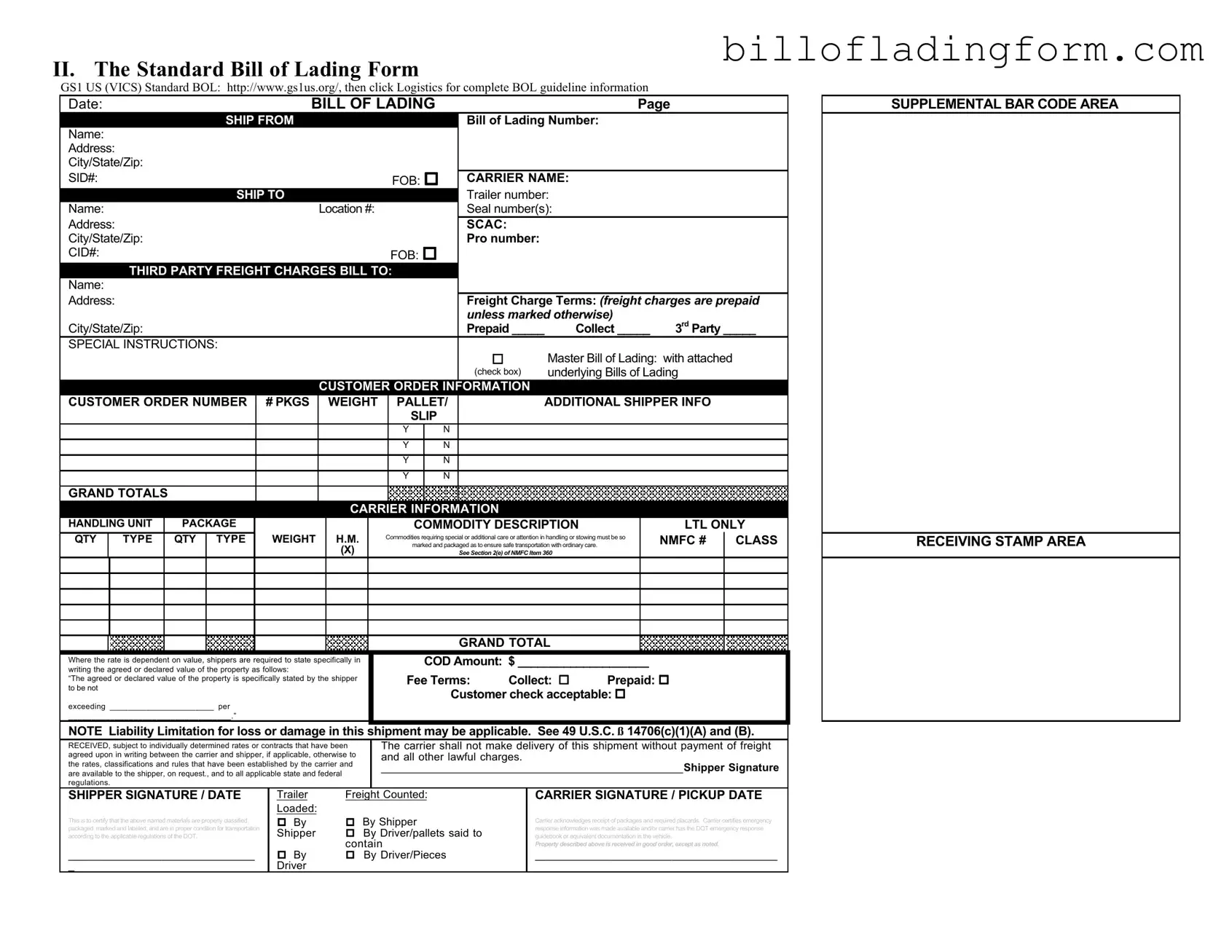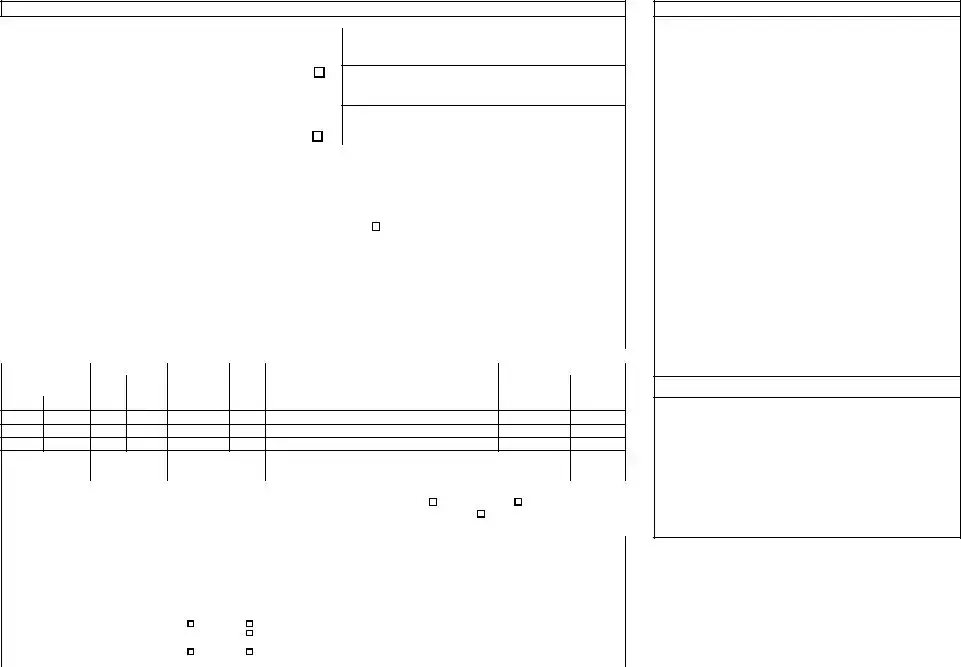Fill Out a Valid Standard Bill Of Lading Template
The Standard Bill of Lading is a crucial document in the shipping industry, serving as a receipt for goods and a contract between the shipper and the carrier. This form outlines essential details such as the shipping and receiving addresses, freight charges, and special handling instructions. Understanding how to accurately complete this form is vital for ensuring smooth transportation and compliance with regulations.
To fill out the Standard Bill of Lading form, click the button below.
Fill Out Your Standard Bill Of Lading Online


